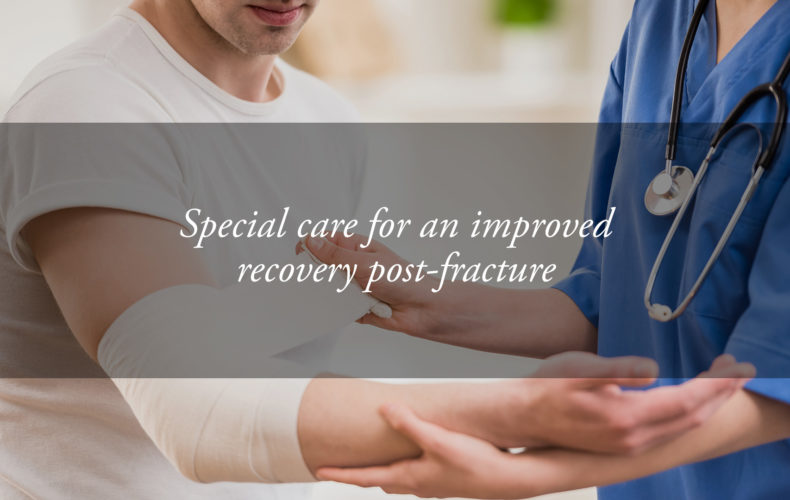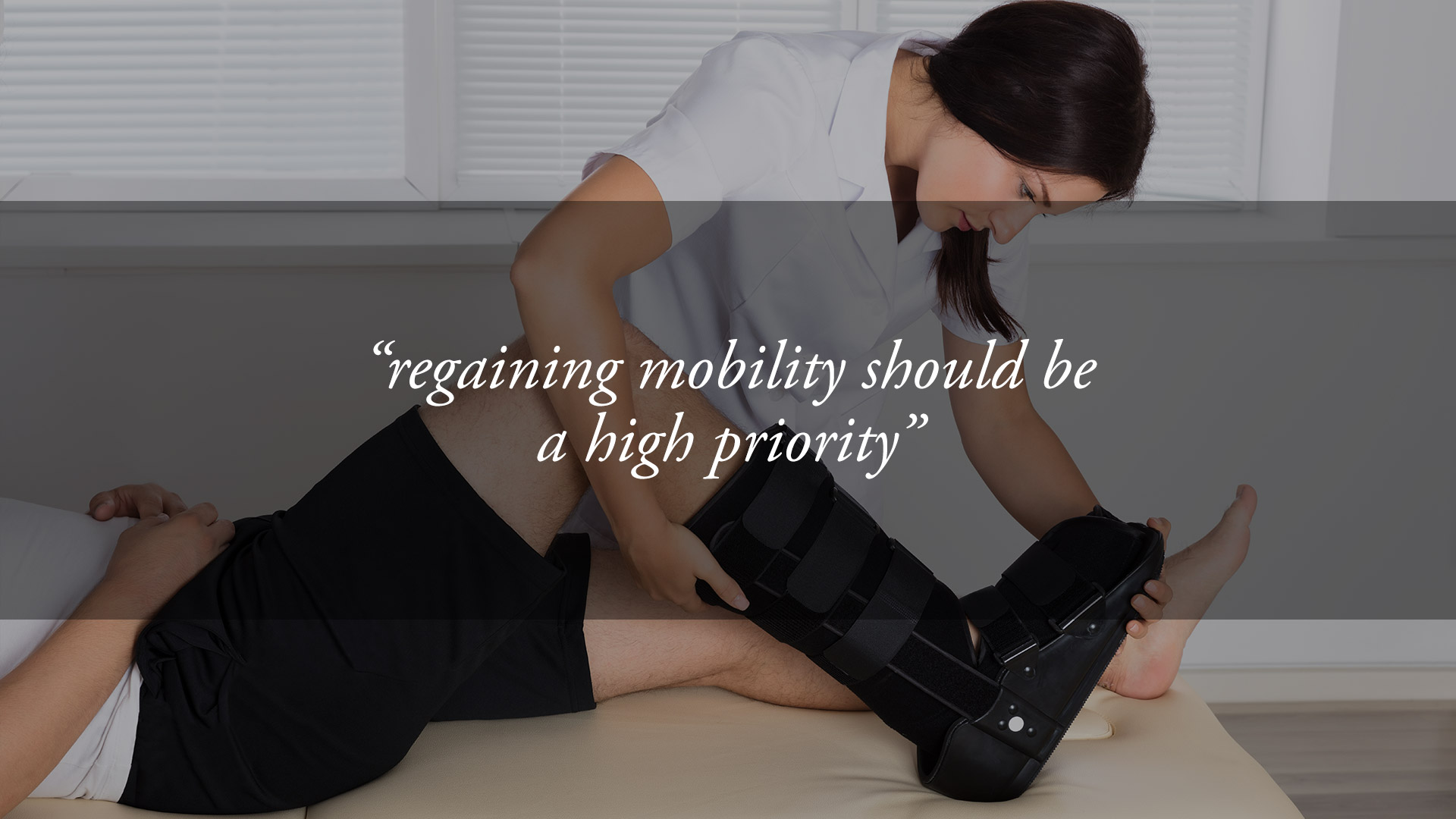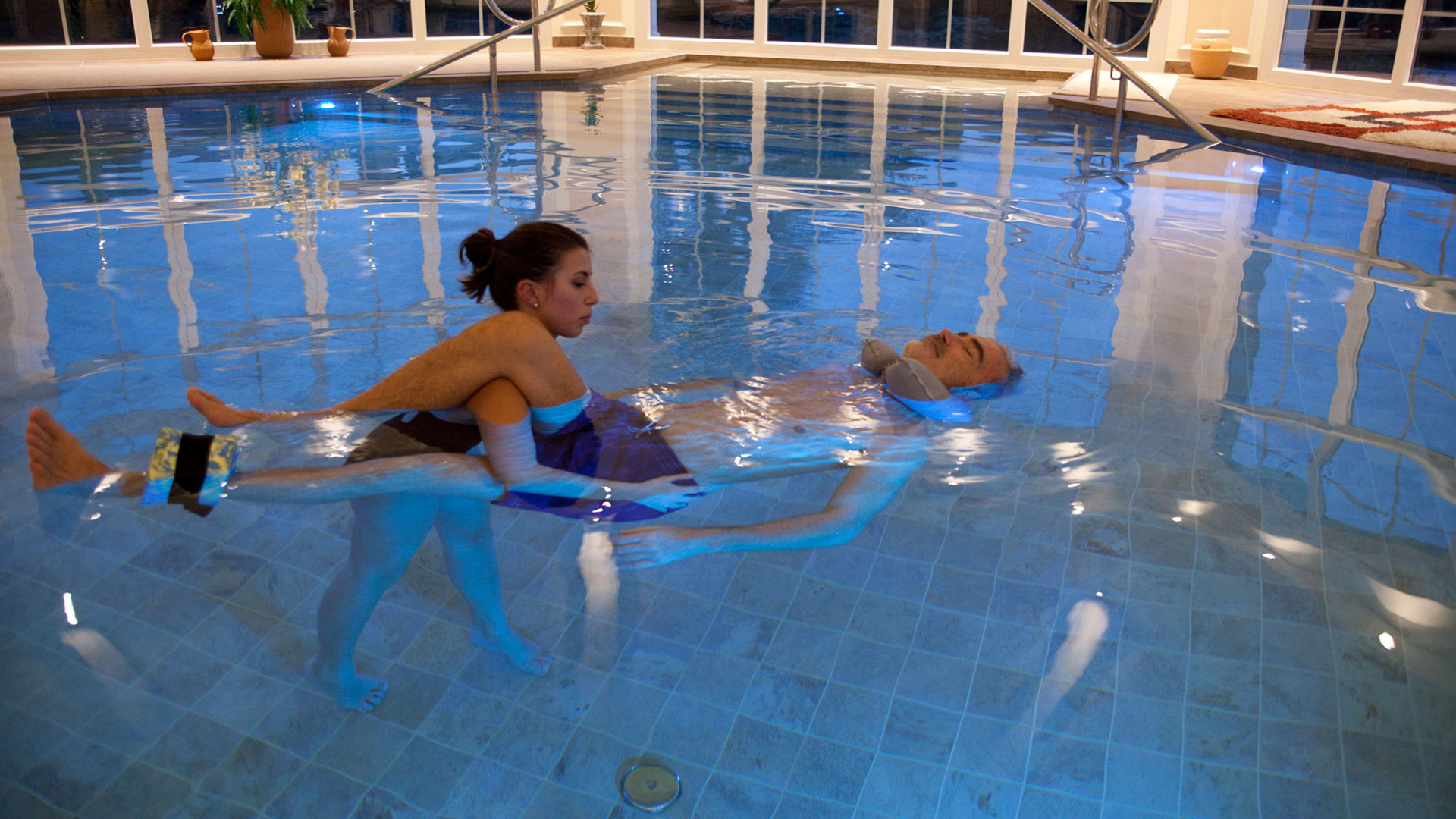
Rehabilitation and diet – how to recover quickly from a bone fracture and minimise pain
The nature of a bone fracture depends on various factors, but it can always be placed in one of two categories: fractures caused by trauma or spontaneous fractures of pathological origin (caused by illness).
Bone fractures are more common among elderly people, for various reasons. Above all, the process of ageing makes the bones susceptible to osteoporosis. Weakened bones are more likely to fracture, even with relatively minor trauma.
However, fractures are painful at any age, and it’s good to know that there are various effective ways of minimising pain and accelerating the healing process.
The importance of regaining mobility after a bone fracture
It’s possible to make a good recovery from any kind of fracture, even when it has required surgery. However, it’s important to return to a normal lifestyle as soon as possible, with special emphasis on mobility.

After the initial stabilisation stage, which may or may not involve surgical intervention and/or setting a broken limb in plaster, the post-fracture recovery stage is crucial for regaining a good level of mobility as soon as possible, and for treating problems such as pain and loss of function (inability to move the affected part).
Regaining mobility should be a high priority, especially in elderly people, as a prolonged period of inactivity can lead to a loss of muscular strength.
Diet and bone fractures: how to speed up recovery
To repair themselves following a trauma, our bones create new cells. This means that recovery from a fracture also depends on the availability of nutrients that can help with bone repair.
Calcium is the obvious essential for bone repair, and together with vitamin D is indispensable in preventing osteoporosis. Calcium is found mainly in dairy products and also in mackerel, while vitamin D is obtained from eggs, butter and milk, as well as from exposure to sunlight.
To be avoided are alcohol, sodium and caffeine, as they reduce calcium absorption and encourage its elimination from the body.
To aid recovery, it’s advisable to adopt a diet that includes a high proportion of dairy products (fresh is best, with a low fat content), and also plenty of fruit and vegetables – these contain vitamins and other important nutrients.
Post-fracture recovery in the thermal spa
Thermal spa treatment is highly effective in aiding post-fracture recovery. We’ve previously mentioned the considerable health benefits of mud therapy, and these also apply to fractures.

At Hotel Tritone, we offer specific courses targeted at recovery from bone fractures – including physiotherapy treatment. Particularly effective is our hydrokinetic therapy course, which takes place in a private pool. Physiotherapy carried out in water has distinct advantages, as floating reduces body weight by up to 90%. This allows exercises aimed at improving mobility, that would otherwise be painful, to be performed.
For information about our specific treatments following bone fractures, or other types of treatment, write to us here or call us on (+39) 0498668099.
